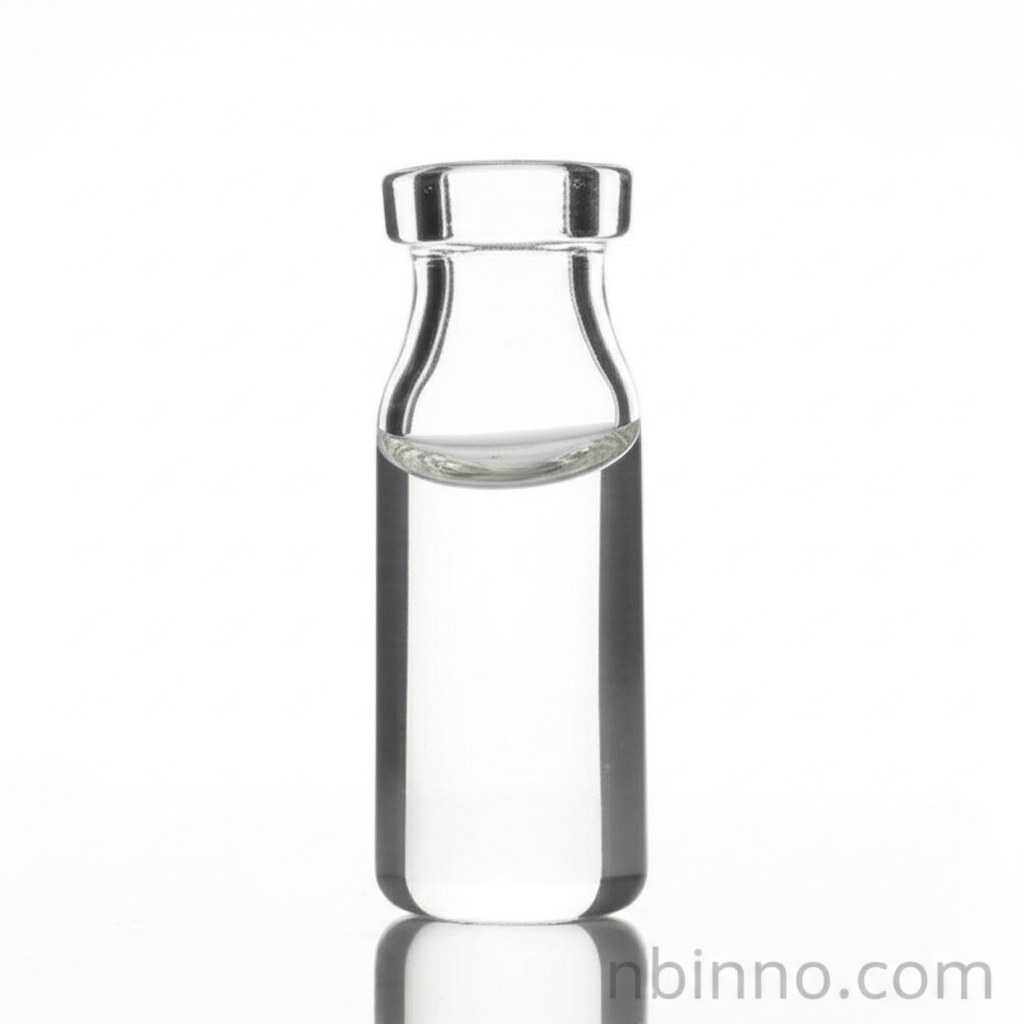5-Hexenyltrimethoxysilane: A Versatile Silane Coupling Agent for Enhanced Material Performance
Unlock superior material properties with 5-hexenyltrimethoxysilane, the key to advanced organic-inorganic bonding.
Get a Quote & SampleProduct Core Value

5-Hexenyltrimethoxysilane
5-Hexenyltrimethoxysilane is a bifunctional organosilane that serves as a critical component in enhancing the performance and durability of various materials. Its unique structure allows it to act as a potent adhesion promoter and coupling agent, effectively bridging dissimilar materials like organic polymers and inorganic substrates. This capability is essential for creating advanced composites, durable coatings, and high-performance adhesives.
- Adhesion Promotion at Organic-Inorganic Interfaces: It enhances the bond strength between organic polymers and inorganic fillers or substrates, leading to improved mechanical properties. This is crucial for applications where robust interfacial adhesion is paramount, such as in reinforced plastics and advanced coatings.
- Surface Modification Capabilities: The silane can modify surfaces to alter wettability, improve dispersion of nanoparticles, and introduce specific functionalities. This makes it invaluable for applications requiring tailored surface characteristics, like in specialized coatings or medical devices.
- Key in Silicone Polymer Formulation: As a monomer or crosslinker, it plays a vital role in producing high-performance silicone polymers and elastomers. Its participation in hydrosilylation and condensation reactions leads to materials with superior flexibility, thermal stability, and resistance to environmental factors.
- Versatile Reactivity for Chemical Synthesis: The molecule's trimethoxysilyl and terminal alkene groups enable a wide array of chemical transformations, making it a fundamental reagent in the synthesis of specialty chemicals, functionalized polymers, and hybrid organic-inorganic materials.
Key Advantages
Enhanced Material Durability
The ability to form strong covalent bonds at interfaces significantly boosts the overall mechanical strength and longevity of composite materials and coatings, a key benefit when coupling agent applications are considered.
Improved Processing and Dispersion
Its role in surface modification aids in the uniform dispersion of fillers and nanoparticles within polymer matrices, leading to better processability and ultimately, superior final product characteristics.
Tailored Surface Properties
By altering surface energy and wettability, it enables the design of materials with specific interactions, crucial for applications ranging from anti-fouling coatings to specialized biosensors. Controlling surface modification with silanes is key here.
Key Applications
Coatings and Inks
Improves adhesion, scratch resistance, and weatherability in protective coatings and printing inks. It acts as an adhesion promoter for better substrate bonding.
Adhesives and Sealants
Enhances bond strength and durability in silicone-based adhesives and sealants, particularly those cured via hydrosilylation. Crucial for building and automotive applications.
Composite Materials
Acts as a coupling agent to improve the interfacial adhesion between inorganic fillers (like glass fibers or silica) and organic polymer matrices, boosting mechanical performance.
Biomaterials and Biosensors
Facilitates surface functionalization for improved biocompatibility, cell adhesion control, and immobilization of biological molecules for diagnostic tools.
